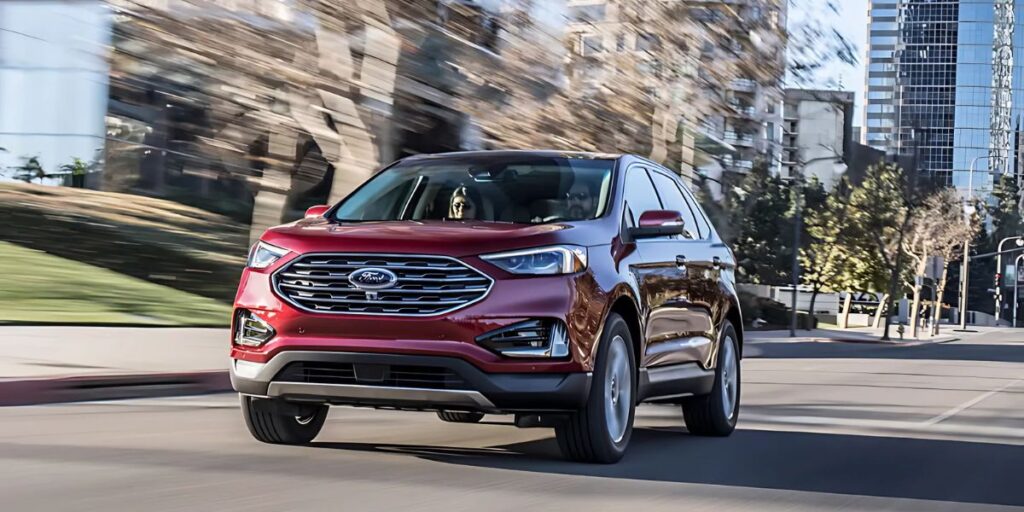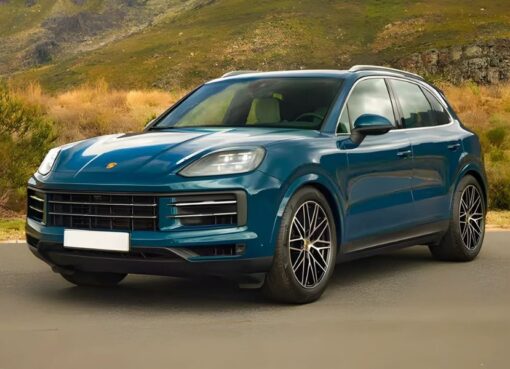How the Patent Works
The patent, published on August 7 and first highlighted by CarBuzz, outlines a smart safety system that uses sensors to scan the road ahead. If the car detects an obstacle tall enough to damage the front splitter, the system alerts the driver with an audio warning. Should the driver fail to react, the car automatically applies the brakes to avoid contact.
Unlike traditional parking sensors, Ferrari’s system is designed to be proactive, reducing the chances of drivers misjudging curbs or uneven road surfaces. While the focus is on protecting the splitter during low-speed maneuvers such as parking, Ferrari notes the system could also help on poorly maintained roads or when approaching steep speed bumps.
Possible Extra Features
Interestingly, the patent also describes a communication system that could display warnings on the car’s infotainment screen or even on a connected smartphone. For drivers using Apple CarPlay or similar platforms, this feature could provide real-time alerts about upcoming hazards.
How It Compares to Existing Systems
Other carmakers already offer solutions to help prevent front-end scrapes, but Ferrari’s approach is different. Porsche and Chevrolet, for example, provide front-axle lift systems in models like the 911 and Corvette. These systems allow the car’s nose to be lifted at the touch of a button and can even store GPS data to automatically lift the car in locations where scrapes are common.
Ferrari’s patent, however, focuses on auto-braking rather than physically raising the car. While the system could theoretically work alongside a nose-lift feature, its main function is to stop the car before impact, leaving the decision to lift the nose to the driver.
Challenges and Risks
As with any patent, there’s no guarantee this system will make it into production. While the concept is innovative, Ferrari would need to perfect the technology to avoid false positives. Phantom braking — when a car mistakenly slows down due to an incorrect sensor reading — is a real safety concern. In fact, an unexpected stop in the middle of traffic could be more dangerous than scraping a splitter.
Still, if Ferrari can fine-tune the system, it could save owners thousands of dollars in repair costs and enhance everyday usability of their high-performance machines.
What This Means for Supercar Owners
If implemented, this technology could be a game-changer for Ferrari drivers who use their cars regularly, not just on racetracks. Parking lots, urban roads, and poorly designed speed bumps are all environments where this patent could prove its worth. It’s another step in making supercars more practical without compromising performance or design.
For now, Ferrari enthusiasts will have to wait and see if this clever idea transitions from patent to production. If it does, it might just become one of the most appreciated hidden features in future models.















